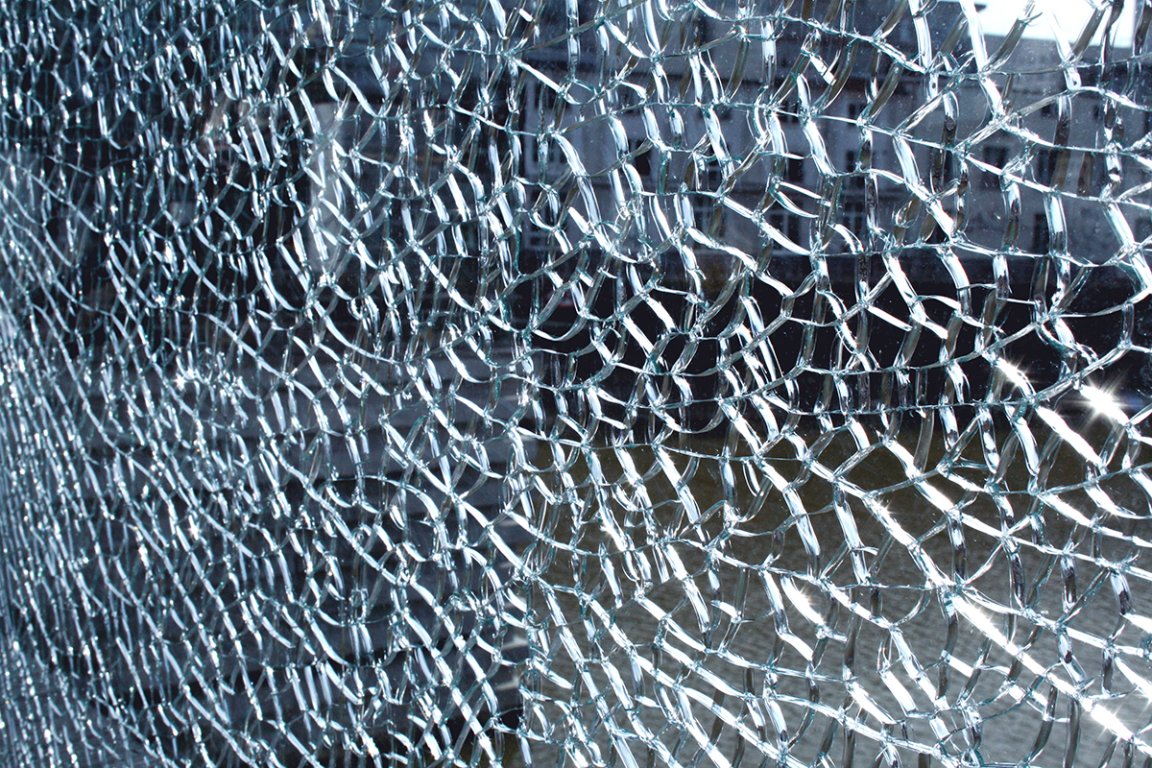
New State Of Matter
Duke University postdoctoral fellow Sho Yaida has just solved a 30-year mystery in the physics world with 30 pages of calculations, revealing a strange new state of matter in the process. The mystery arose initially when observations of glass, plastic, and other materials appeared to have “disordered” atomic structures and physical behavior, in contrast to the orderly atomic structures of crystals. These observations led physicists to theorize about some kind of phase transition—one that would be present in theoretical models of disordered materials as well as actual materials like glass.
Yaida used algebra and particle physics to calculate and prove — by hand, no less — that some kinds of glass at low temperatures may exist within a new state of matter. This changes when and how they break, and how they respond to stress, heat, and sound. The breakthrough here is that the phase transition can exist, not just in a theoretical Universe with infinite numbers of dimensions, but also in a real world setting.
“I knew this could cause trouble,” Yaida’s team member Patrick Charbonneau told Gizmodo.

New Applications
This isn’t the only new state of matter discovered by researchers; new discoveries like this happen fairly regularly, and each new development in this area opens up new possibilities for application. In 2015, scientists came across Jahn-Teller metals, a new state of matter that has advanced the understanding of the physics behind high-temperature superconductors. In March of this year, MIT researchers created a new form of matter, a supersolid, that could be key in improving efficient energy transport. Then in April, researchers discovered another new state of matter: 3D quantum liquid crystals that may advance microchip technology and quantum computing.
In the case of this discovery, the proof that the phase transition can actually exist will mean that research questions might be approached in new ways. “The fact that this transition might actually exist in three dimensions means that we can start looking for it seriously,” Charbonneau said in a press release. “It affects how sound propagates, how much heat can be absorbed, the transport of information through it. And if you start shearing the glass, how it will yield, how it will break.”
“It changes profoundly how we understand amorphous materials in general, whether they be amorphous plastics or piles of sand or window glasses,” he added.